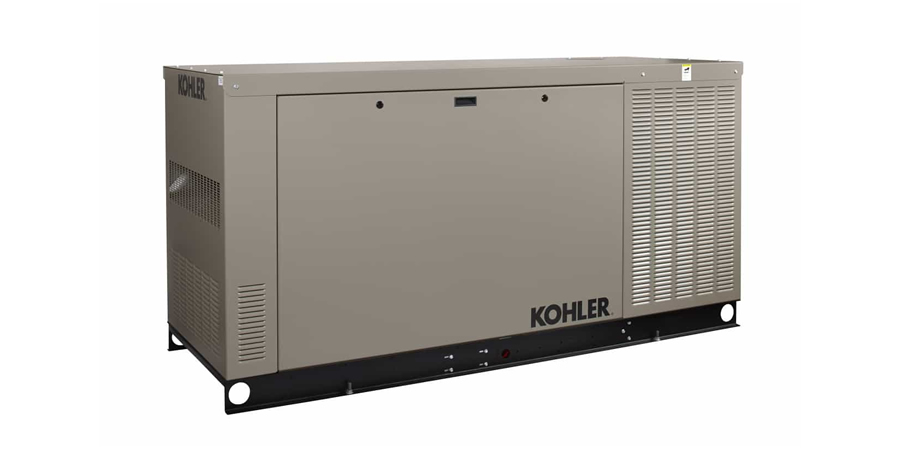Historically, during the first decades of power generation, standby generator sets were used almost entirely for emergency lighting. As the capabilities of these standby generator sets increased, so also did the scope of the loads on standby power: in the 1970s and 1980s, the industry observed dramatic growth in motor and pump dominant applications: water treatment plants, lift stations, etc. This placed additional requirements on coordination of power transfer from utility and back to utility; simple double-throw contactors were no longer sufficient to reliably transfer these loads with high electromechanical inertia. A more complete analysis was required to avoid system derangement when transferring from one source to another, particularly when transferring from a standby source to a utility source.
Telecom Review visited with Kohler in order to give our readers a good viewpoint on the needs for EDGE Data Centers.
The standby power generators of today are supplying a wider variety of loads than have been historically seen. Capacitive loads are defying the general assumptions of what a load application looks like and may require new or modified specifications. Larger power networks are involving more voltages throughout the installation, requiring careful consideration of how to manage not only the loads, but also the equipment between the source and loads. With careful planning and consideration of available strategies, capacitive loads and transformer inrush can be successfully managed to keep installations in power.
In the modern day, standby generator sets are again seeing an increase in the scope of loads on standby power. The power generation industry is seeing capacitive loads and Modern-day businesses run on data.
In today’s world, it’s critically important for companies to gather and analyze information to best serve their customers and optimize their operations. The data industry is also helping to drive the global economy forward as companies all around the world invest significantly in new tools, technologies and facilities to manage their extensive digital records. Downstream transformers become more prevalent as facilities are becoming more complex and as data service industry growth continues. Fortunately, the factors concerning leading power factor loads and downstream transformers are well known so that the specifying engineer can analyze the application and correctly coordinate equipment.
KOHLER generators feature a powerful diesel engine as well as a brushless alternator with permanent magnetic pilot exciter for excellent load response. The 60-Hz generators offer UL 2200 listing, meet NFPA 110, Level 1 and are prototypetested, factory-built and production tested prior to installation. To seamlessly bridge the gap between loss of utility and standby power, KOHLER 880A automatic transfer switches (ATS) were integrated. The ATS utilized for the datacenter include KOHLER-designed and built MPAC® controllers, which offer full system control and a variety of usability features, including an intuitive LCD display, LED-indicted source status and switch position, and programmable pickup and dropout voltage. Highly customized KOHLER PD-Series switchgear may be engineered for the project, highlighting the benefits of Kohler’s total system integration. By installing a complete KOHLER power system, a company can now rest assured knowing every component–from generator and transfer switch to paralleling switchgear and controller–was designed, built and tested to work together and provide complete dependability.”
KOHLER® diesel generators are built to power data centers of all sizes in every location around the world. And with their new line of KD Series generators, we offer massive options up to 4 MW. Without the oversized, overpriced aftermarket filters. In addition, thanks to their unique POD design their enclosures are stackable, rackable and built to any size or site—whether you’re building a hyperscale, regional or edge data center.










